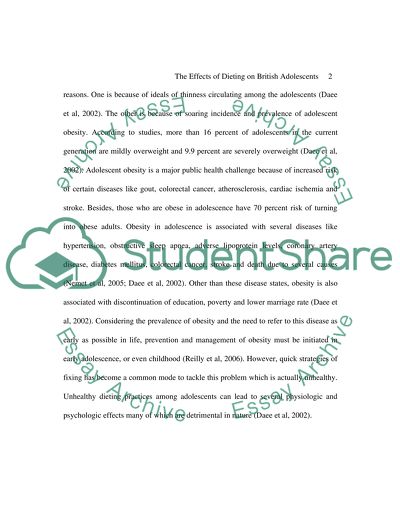Cite this document
(“Positive and Negative Consequences of Diet Case Study”, n.d.)
Positive and Negative Consequences of Diet Case Study. Retrieved from https://studentshare.org/health-sciences-medicine/1412252-the-area-of-study-is-public-health-a-life-event
Positive and Negative Consequences of Diet Case Study. Retrieved from https://studentshare.org/health-sciences-medicine/1412252-the-area-of-study-is-public-health-a-life-event
(Positive and Negative Consequences of Diet Case Study)
Positive and Negative Consequences of Diet Case Study. https://studentshare.org/health-sciences-medicine/1412252-the-area-of-study-is-public-health-a-life-event.
Positive and Negative Consequences of Diet Case Study. https://studentshare.org/health-sciences-medicine/1412252-the-area-of-study-is-public-health-a-life-event.
“Positive and Negative Consequences of Diet Case Study”, n.d. https://studentshare.org/health-sciences-medicine/1412252-the-area-of-study-is-public-health-a-life-event.


